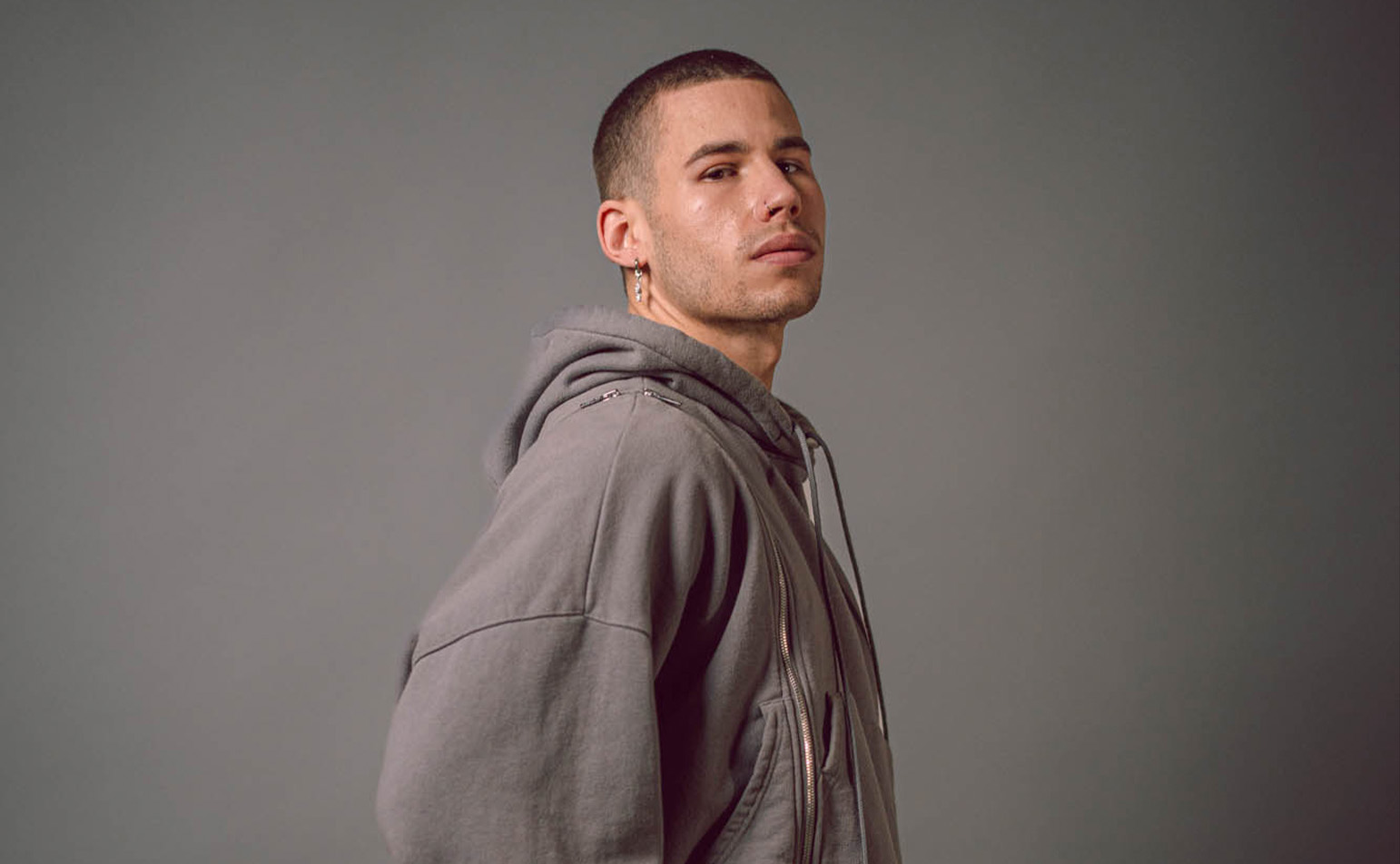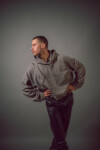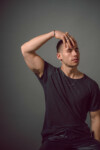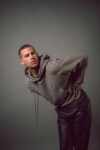

To be a great model it means to be versatile but also to be able to master the nuances of posing across various categories — whether it’s fashion, sports, or product photography. It’s worth noting that a clear distinction must be made between photo and video productions — we predominantly focus on photography in this blog post.



Why is a good pose so important? A successful pose can make the difference between an average photo and a breathtaking image. Here are some key points and examples based on a shoot with Timo that can help you bring out the best in your posing in any situation:
How to posture your body and create expression:
Vary your expression: Unless a specific tone is agreed upon for the shoot, experiment with different facial expressions and body postures to convey various emotions and moods. From casual to joyful to serious — the diversity of expressions can add depth to an image.
Maintain naturalness: Try to be yourself and avoid pretending. Authenticity is the key to successful photo shoots, allowing viewers to connect with you. Agencies or photographers primarily book you for your personality and aura that align with the product. Altering your personality here is counterproductive.
Where to place your hands?
Keep them relaxed: Avoid squeezing your hands tightly together. Keep them loose and natural to achieve a relaxed look. Clenching hands tightly or applying pressure to the skin can cause pressure points that need retouching later. Additionally, dirty or unkempt hands distract from the overall image.
Hygiene is important: Ensure your hands are clean and well-groomed. Dirty or unkempt hands detract from the overall image.
Stay loose: Try not to tense your hands unnaturally. A relaxed and easy grip appears more authentic and natural, and it also avoids highlighting veins.
Examples:





Poses and Movements:
Fluid movements: Instead of large, abrupt movements, try to make your poses and movements smaller, fluid, and smooth. This creates a natural and aesthetic representation. These movements can then be slightly modified and repeated a few times to give the photographer more diverse poses.








In this series of images, Timo provides us with a very simple example of a movement that flows smoothly from one point to the next. Here, various shapes and interesting poses naturally emerge. This principle can be applied to every pose. The key here is not to be constantly in motion. The photographer also needs breaks in their movements — try to follow the rhythm of the camera’s triggers and continue the pose a bit further after each click.
Breaks and relaxation: Take short breaks between individual poses to relax and regenerate, if the shooting schedule allows. This helps prevent signs of fatigue and maintain your radiance. A quick shake or loosening of the shoulders should always be included.
Leveling and use of space: Utilize the available space around you and play with different levels, perspectives, or elements in the set design. At times, you may position yourself close to the camera, while in other moments, you fully utilize the space to create a dynamic composition. This naturally depends on the type of shoot. Make an effort to play with heights your body can take up. Stand on tiptoes, bend your knees, or lean over.




Communicating with the Photographer:
Take the photographer’s perspective: Establish good communication with the photographer to develop a shared vision for the shoot. Try to understand what the photographer needs to achieve the goals of the assignment. Share your ideas and listen to their suggestions. Also, try to understand the lighting setup of the set. Photography relies on light and its proper handling. This applies to both the photographer and yourself. It’s pointless to strike wild poses that don’t fit into the given light conditions.
Accept feedback: Be open to constructive feedback and actively implement it during the shoot. A good photographer should be able to provide valuable tips, as they are familiar with the mood boards and the vision for the shoot. But don’t forget — they shouldn’t have to completely guide you!
Breaks for discussions: Use breaks in the shoot to exchange ideas with the photographer and make any adjustments necessary. This ensures a smooth process and helps avoid misunderstandings.
In conclusion
To be a master in posing, we encourage you to simply give it a try. Initially, experimenting with different facial expressions and poses may feel strange—but don’t worry, it will quickly become second nature.
To become proficient in model posing, practice a bit at home in front of the mirror, set up your camera, and take a video or several photos where you go through various poses. Perhaps you also have a friend who would be willing to do a small photoshoot with you.

Use the tips and tricks we’ve shared here to perfect your posing and give your best in every photoshoot.
If you’re ready to take the next step and turn your modeling dreams into reality, we also warmly invite you to apply on our website as a model. We’re always on the lookout for talented and versatile individuals who can enrich our team and support our projects with their unique charisma.
Written by Marcel Groß